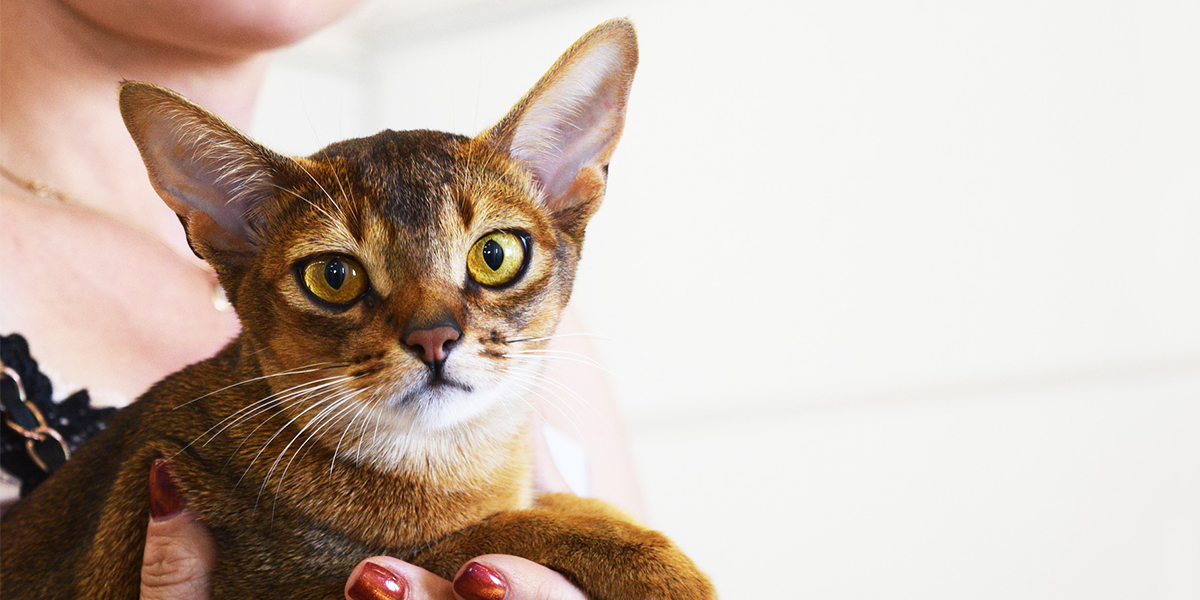Patellar luxation is a condition in which the patella (the ‘knee cap’) dislocates or moves out of its normal location. The luxation is usually medial (to the inside of the stifle/knee), but on occasions can be lateral (to the outside of the stifle/knee).
Patellar luxation can occur for a number of different reasons:
- Trauma and injury
- Congenital malformation
- Congenital malformation caused by an hereditary defect
In congenital and inherited cases, it is usually seen as a bilateral disease (affecting both hind legs), and can result in limping, ‘bunny hopping’ or hind-limb collapse. Signs may be episodic (with intermittent luxation) or permanent (with complete and persistent luxation).
Diagnosis of patellar luxation is usually simple, based on palpation of the stifle (knee joint). Radiographs (X-rays) may be needed in some cases. Congenital patellar luxation may be seen with concurrent hip dysplasia, and both may eventually lead to osteoarthritis. Surgery may be required to correct a luxating patellar and help prevent long-term changes that lead to osteoarthritis.
While patella luxation can be seen in any breed of cat (or non-pedigree cats), it appears to be seen more commonly in Abyssinian and Devon Rex cats, but other breeds may also be predisposed. Studies in Abyssinians suggested a quite strong heritable component to the disease.
It is probable that many cases of congenital patellar luxation have an hereditary component but this has not been studied in detail and as with hip dysplasia, it is likely that this is a polygenic disorder (several genes involved) and that dietary, lifestyle and environmental factors will also be involved.
Thank you for visiting our website, we hope you have found our information useful.
All our advice is freely accessible to everyone, wherever you are in the world. However, as a charity, we need your support to enable us to keep delivering high quality and up to date information for everyone. Please consider making a contribution, big or small, to keep our content free, accurate and relevant.
Support International Cat Care from as little £3
Thank you.
Donate Now


